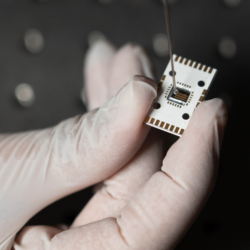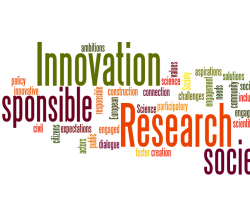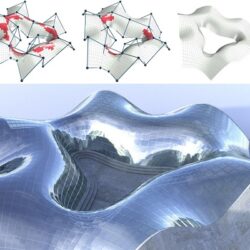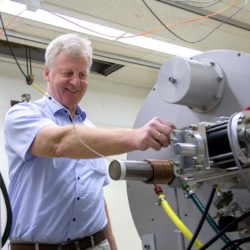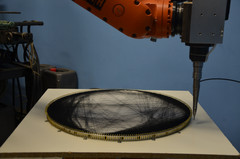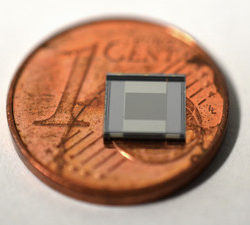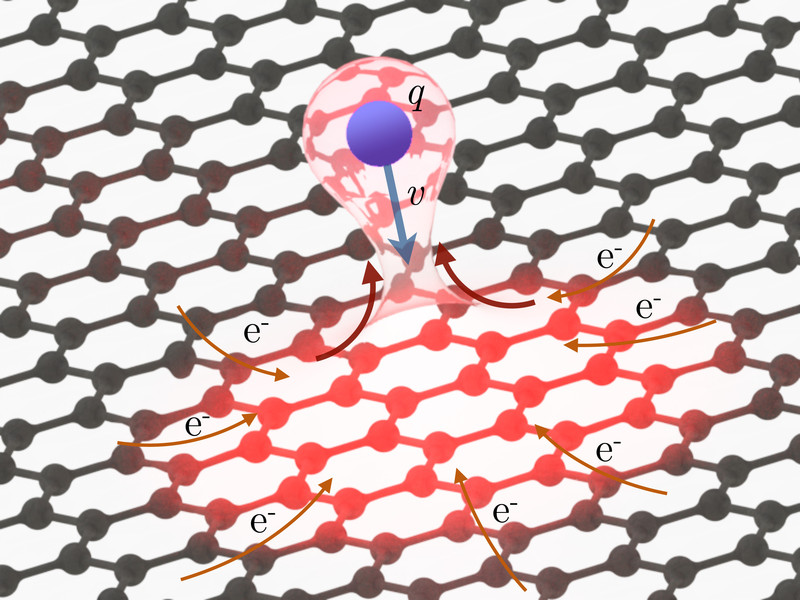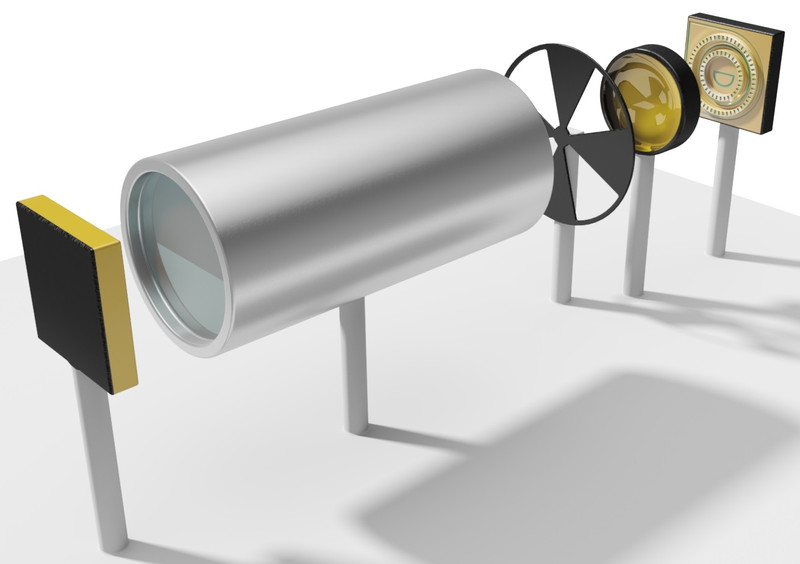A fingertip-sized chip replaces bulky laboratory equipment
In analytical chemistry, it is often necessary to accurately monitor the concentration change of certain substances in liquids on a time scale of seconds. Especially in the pharmaceutical industry, such measurements need to be extremely sensitive and reliable. A new type of sensor has been developed at TU Wien which is highly suitable for this Read more about A fingertip-sized chip replaces bulky laboratory equipment[…]
